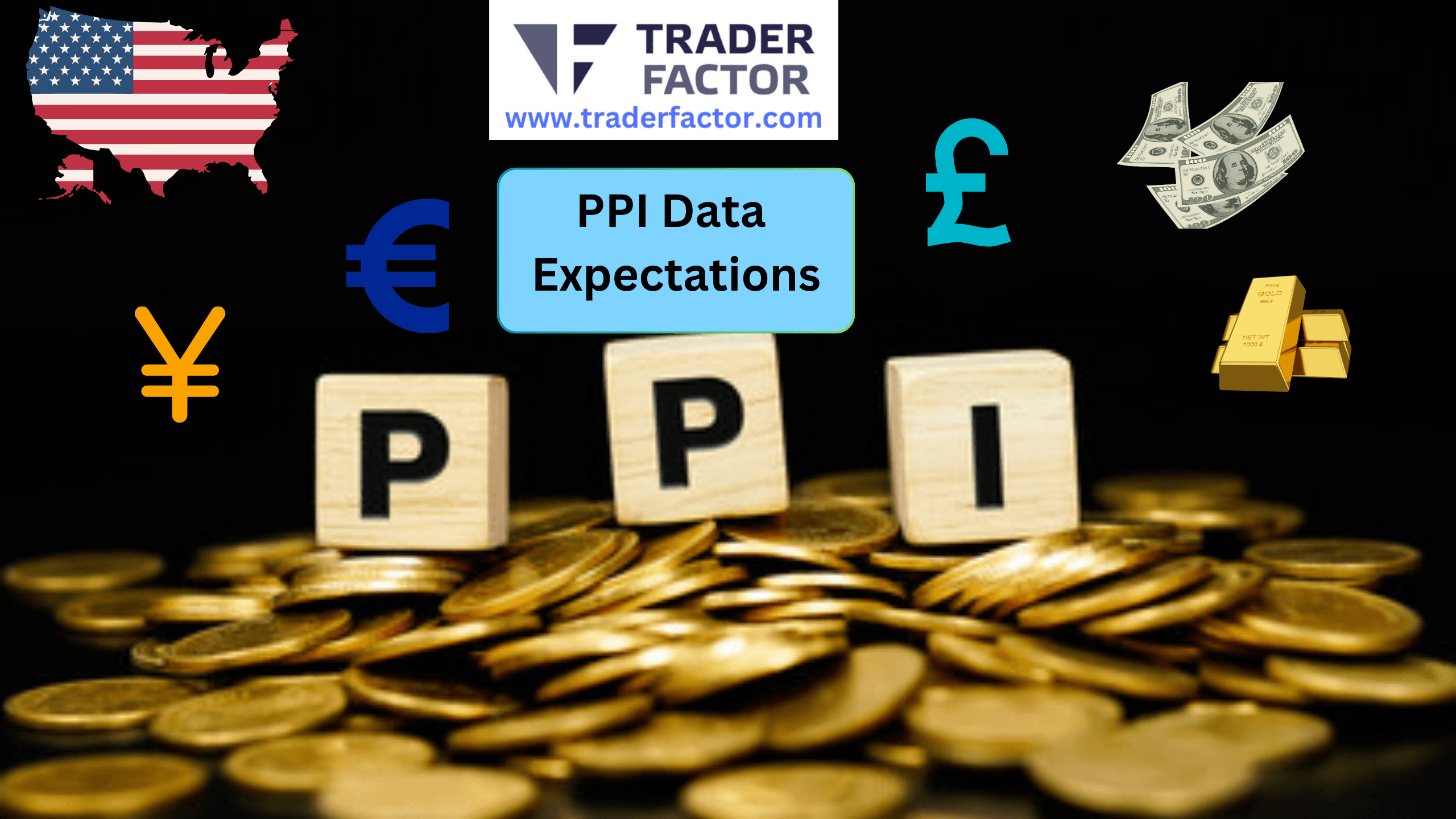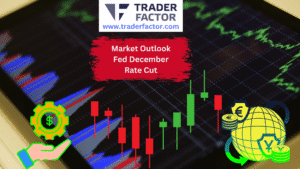The U.S. Producer Price Index (PPI) report, scheduled for release at 8:30 AM ET, is a critical economic indicator that provides insights into inflationary pressures at the production level. Analysts are forecasting a 0.3% month-over-month increase, signaling a potential recovery from the previous -0.1% decline.
This report is closely monitored by investors, policymakers, and traders as it influences monetary policy decisions, market trends, and economic stability. The live updates and analysis of the PPI data will help gauge its broader implications for inflation and financial markets.
Table of Contents
ToggleWhat is the Producer Price Index (PPI)
The Producer Price Index measures the average change in prices received by domestic producers for their goods and services. It is a leading indicator of inflation, as rising production costs often translate into higher consumer prices.
The PPI is divided into headline and core figures, with the latter excluding volatile food and energy prices to provide a clearer view of underlying inflation trends. This distinction is crucial for understanding the broader economic picture.
The PPI is not only a measure of inflation but also a reflection of supply chain dynamics and demand conditions. For instance, a rise in PPI could indicate increased demand for goods, higher input costs, or supply chain disruptions.
Conversely, a decline might suggest easing cost pressures or weaker demand. These nuances make the PPI a valuable tool for economic analysis and forecasting.
Market Expectations and Economic Implications
Today’s PPI report is expected to show a modest increase of 0.3%, reflecting stable inflationary pressures. This follows a -0.1% decline in the previous month, which had raised questions about the sustainability of inflation trends.
A higher-than-expected reading could prompt the Federal Reserve to maintain its hawkish stance, potentially leading to tighter monetary policy. This would have implications for interest rates, borrowing costs, and overall economic activity.
On the other hand, a lower-than-expected PPI figure might ease concerns about inflation, providing relief to equity markets and reducing pressure on the Federal Reserve to raise rates.
The report’s outcome will also influence commodity prices, particularly gold, which often reacts inversely to inflationary trends. As such, the PPI data serves as a barometer for market sentiment and economic health.
Comparing PPI and CPI Trends
The Consumer Price Index (CPI) released earlier this week showed a 0.1% month-over-month increase, slightly below expectations. This divergence between PPI and CPI highlights the complexity of inflation dynamics.
While the CPI measures changes in prices paid by consumers, the PPI focuses on production-level costs. These two indices often move in tandem but can diverge due to differences in their composition and timing.
For example, a rise in PPI may not immediately translate into higher CPI if producers absorb the increased costs instead of passing them on to consumers.
Conversely, a decline in PPI could signal easing cost pressures, which might eventually lead to lower consumer prices. Understanding these relationships is crucial for policymakers and market participants in crafting economic forecasts and investment strategies.
Broader Market Reactions
The PPI data will likely have immediate effects on forex, equities, and bond markets. A stronger-than-expected PPI could bolster the U.S. dollar, as it increases the likelihood of monetary tightening.
This would make U.S. assets more attractive to foreign investors, leading to capital inflows and currency appreciation. Conversely, a weaker PPI reading might pressure the dollar, as it reduces the urgency for rate hikes.
Equity markets, particularly sectors sensitive to input costs, will also react to the data. For instance, higher PPI figures could weigh on corporate profit margins, especially for companies unable to pass on increased costs to consumers.
Bond yields could adjust based on the perceived trajectory of inflation and monetary policy, with higher yields reflecting expectations of tighter financial conditions.
Conclusion
The U.S. PPI report is a vital economic indicator that offers insights into inflationary pressures and their potential impact on monetary policy. As markets await the data, the focus remains on its implications for interest rates, commodity prices, and overall economic stability. The report’s release will undoubtedly shape market sentiment and provide valuable information for economic planning and investment decisions.
Disclaimer:
All information has been prepared by TraderFactor or partners. The information does not contain a record of TraderFactor or partner’s prices or an offer of or solicitation for a transaction in any financial instrument. No representation or warranty is given as to the accuracy or completeness of this information. Any material provided does not have regard to the specific investment objective and financial situation of any person who may read it. Past performance is not a reliable indicator of future performance.


















